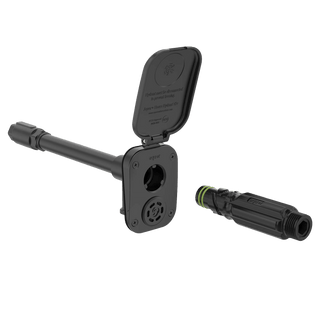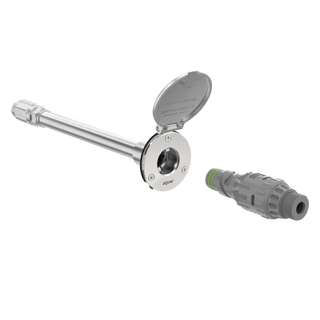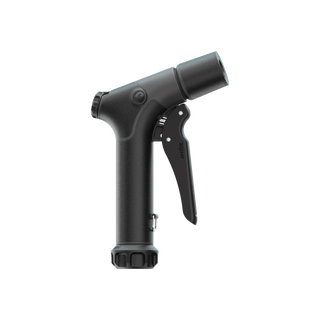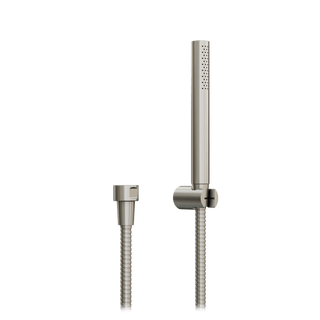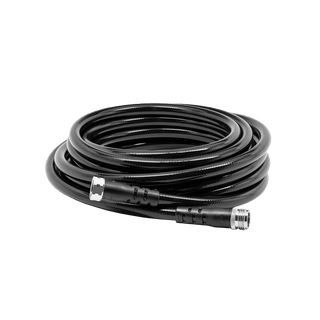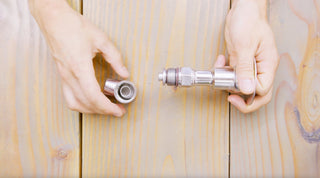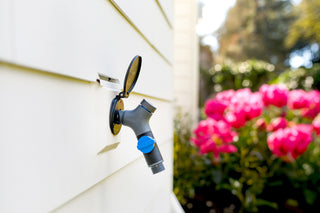How-to: Replace the House Hydrant V2 Vacuum Breaker Assembly
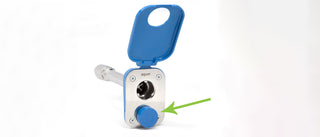
The vacuum breaker’s purpose is to prevent backflow.
Backflow is the reverse flow of liquid. A vacuum breaker prevents water from being siphoned backward into the system.
A vacuum breaker is a relief valve that is pressed forward by water supply pressure, and covers small vent holes. Should the supply pressure drop, the valve springs back opening the vent holes (which let in outside air), and preventing backflow of water.
How do I know if my vacuum breaker is faulty or leaking?
If the vacuum breaker is defective, it will leak when under pressure (hose connector plugged in). In normal conditions, you should not notice it doing anything. The vacuum breaker should not require any adjustments or maintenance. It is okay for it to purge or drain a few seconds longer than the main outlet. If there is a problem, it will leak continually when connected.
Okay, I’ve confirmed that it is the vacuum breaker.
Once you’ve confirmed that the leak is coming from the vacuum breaker, it’s time to inspect and replace the assembly if needed.
1) First, unscrew the vacuum breaker cap.
It’s the round piece below the main outlet. You can unscrew it by hand.

2) Next, you can visually inspect the vacuum breaker through the weep hole.
If you don’t see a black washer facing you, chances are the vacuum breaker has been installed incorrectly or is missing.


3) Unscrew the vacuum breaker retainer.
Carefully unscrew the retainer counter-clockwise using your hand, a hex key, or needle-nose pliers.

4) Inspect the vacuum breaker assembly.
Note the position and orientation of each part.
If the vacuum breaker valve was installed backwards, simply re-install in the correct order. Make sure not to tighten the vacuum breaker cap too firmly. The hydrant should function correctly now.
If the valve is missing, contact Aquor Support for a replacement part.
If all parts are present and appear to be in good working condition, but the problem persists, please contact Aquor Support.

